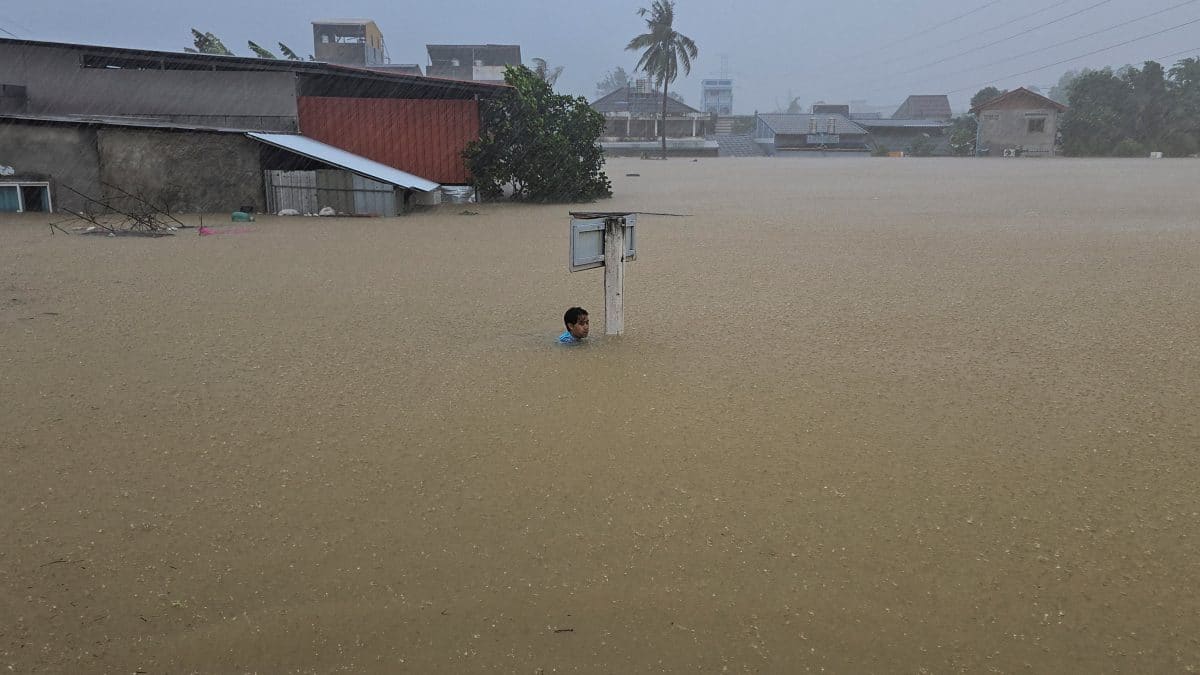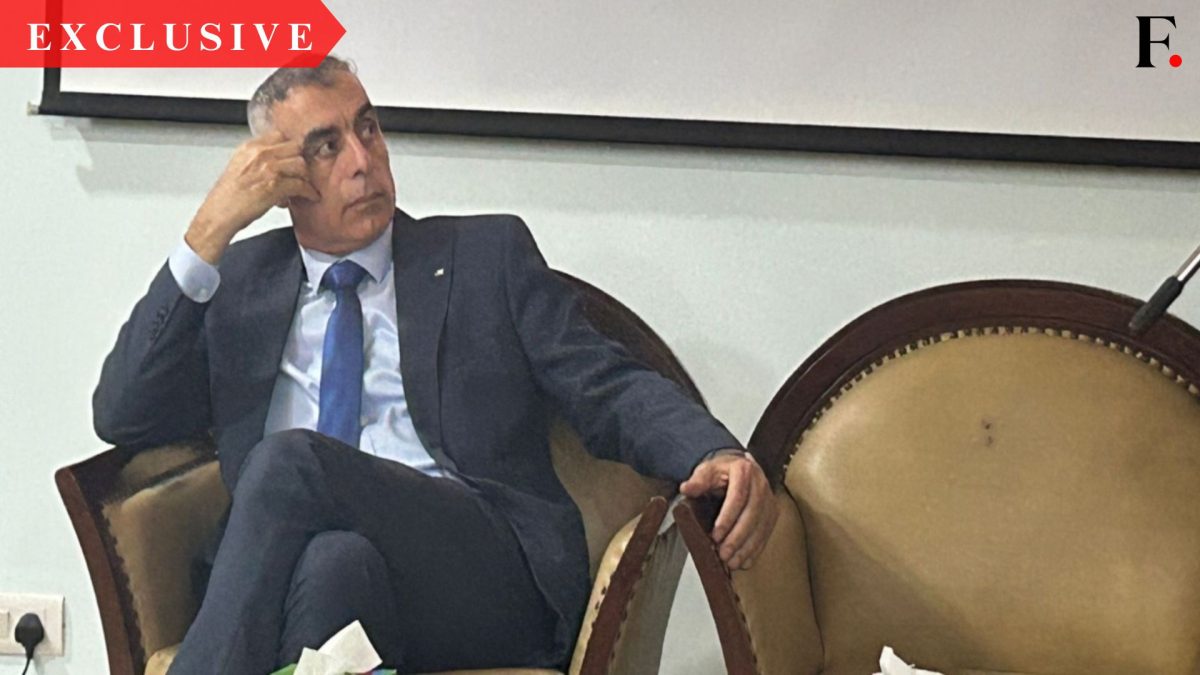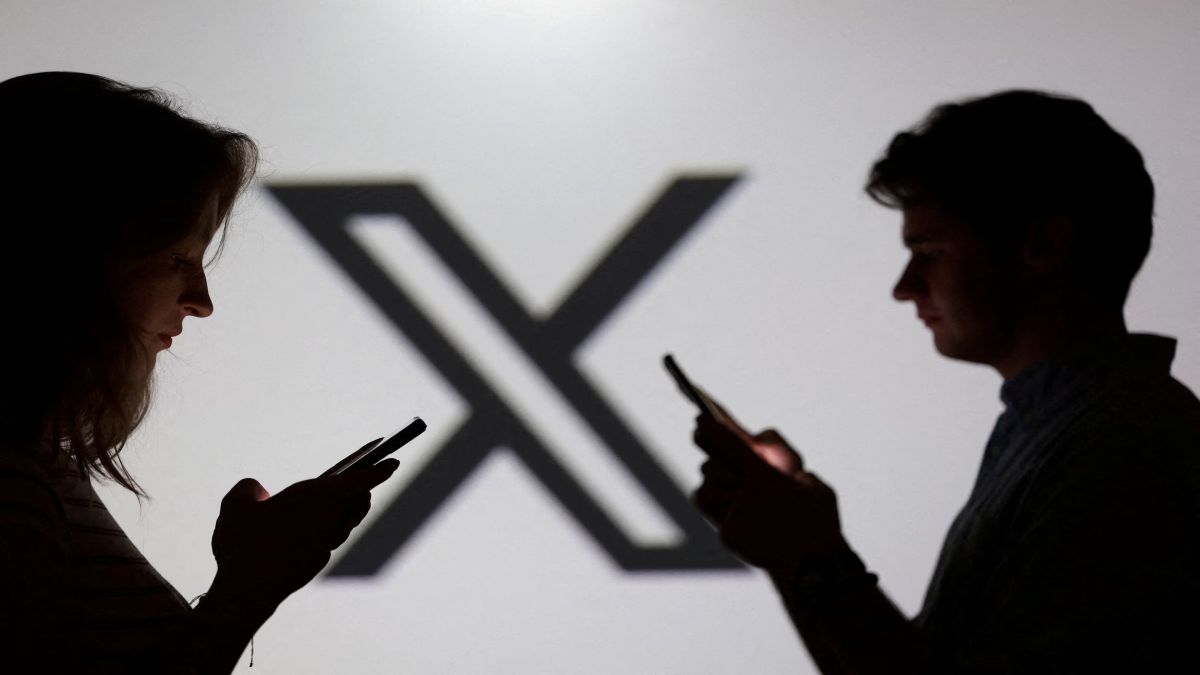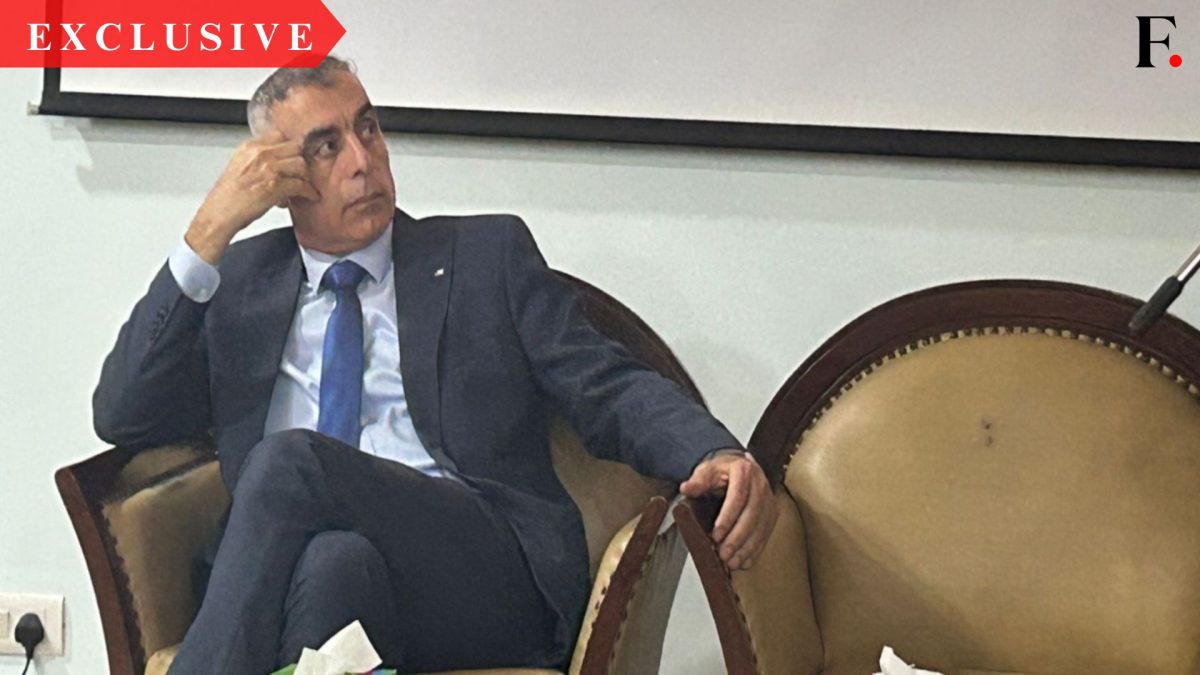An exclusive Reuters investigation has revealed that the much-discussed US peace framework for ending the Ukraine war was quietly shaped by a Russian “non-paper."
According to three people familiar with the exchanges, the informal Russian document was shared with senior US figures in mid-October, shortly after Donald Trump met Ukrainian President Volodymyr Zelenskiyy in Washington. One source told Reuters that the document—an informal diplomatic note known as a “non-paper”—used language Moscow had floated before, including proposals Ukraine had already shot down, like giving up a sizeable part of its eastern territory.
And for the first time, it’s now clear that this non-paper, first brought to light by Reuters in October, ended up being a major influence on the original 28-point peace plan.
Another official said bluntly, “It read like a Russian wish list. Anyone who has followed this war would recognise those points instantly.”
The revelation is the clearest confirmation yet that Moscow’s draft shaped what later emerged as a 28-point US plan. Until now, Washington had not openly acknowledged how closely the original framework mirrored Russian proposals.
Inside Washington, alarm bells rang quickly.
Several US officials warned that the plan risked being rejected outright by Kyiv. Senator Marco Rubio, who later joined the Geneva delegation, was among those who privately raised concerns.
Quick Reads
View AllAs criticism mounted, the US quietly pared down the proposal, cutting nine points and presenting a 19-point “refined” version that was said to incorporate Ukrainian and European input. A senior administration figure insisted to Reuters, “What we have now is a US framework shaped by our partners, not a Russian document.”
But behind the scenes, the drafting process was more complicated than publicly acknowledged.
Much of the initial brainstorming took place not in Washington but at a meeting in Miami involving Trump envoy Steve Witkoff, Russian fund head Kirill Dmitriev and Jared Kushner. According to one insider, “Very few people in the national security team knew those conversations were happening.”
After the revisions, US, Ukrainian and European officials met in Geneva to compare notes. Officials who attended said Ukraine offered “cautious support” but remained firm on the most sensitive points, particularly territorial boundaries. As one Ukrainian participant put it, “There are red lines we simply cannot cross, no matter who wrote the draft.”
For now, diplomats say major issues will likely be left for a future meeting between Trump and Zelenskiy. But the episode has raised a broader question about the risks of building a peace blueprint on proposals originating from one of the conflict’s main belligerents.


)

)
)
)
)
)
)
)
)



